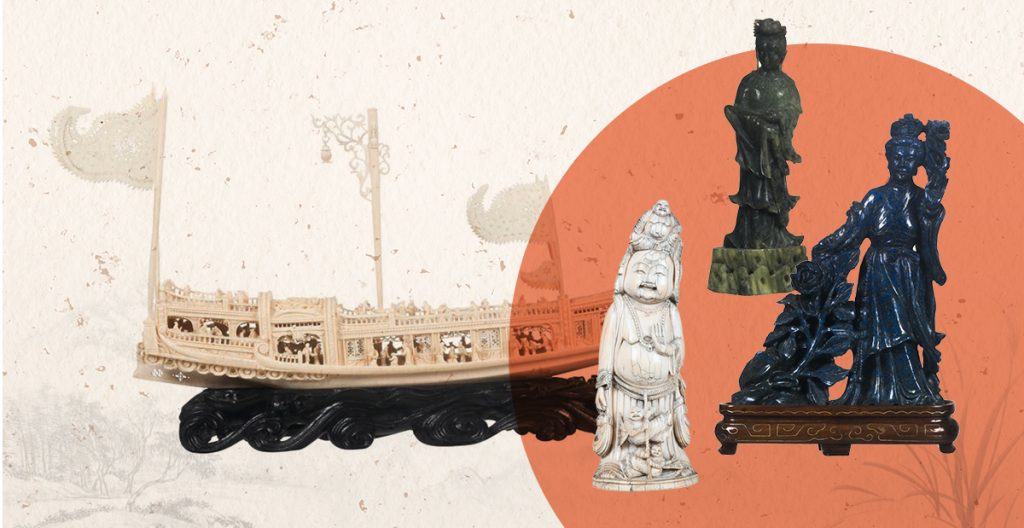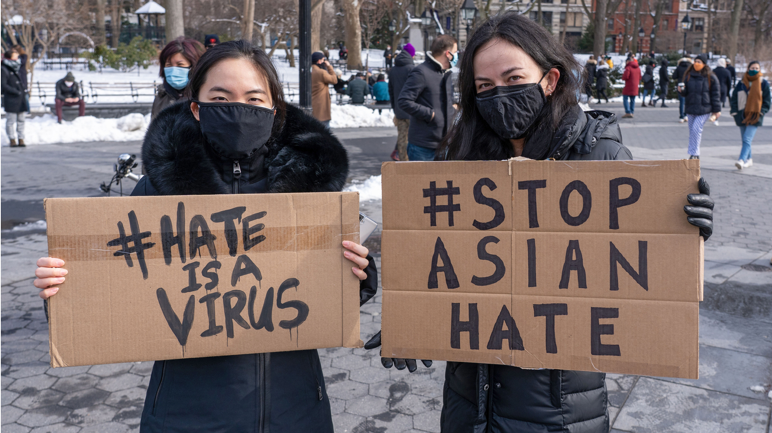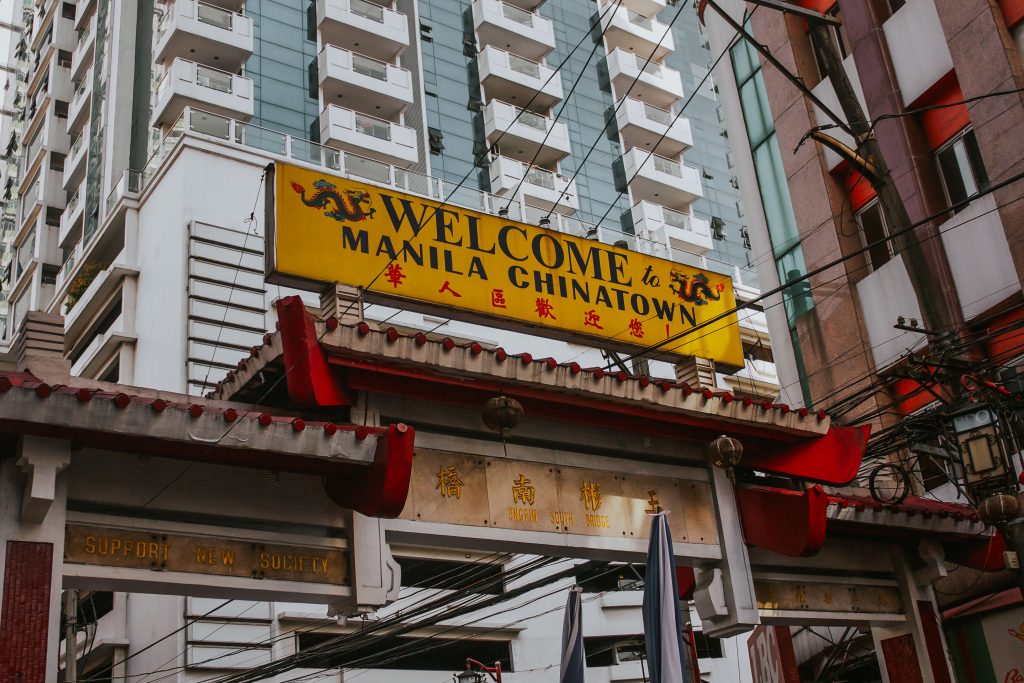Chinese Historical Events We Shouldn’t Forget

As the saying goes, “Those who cannot remember the past are condemned to repeat it.” China has a rich history, filled with significant events — both good and bad — but we can learn from all of them.
Here are some Chinese historical events we shouldn’t forget:
1839: The First Opium War
Lasting for three years, the first Anglo-Chinese War marked a pivotal point in China’s history. It brought about the “Century of Humiliation” which was a hundred years from the Qing defeat in the First Opium War to the rise of the Communist Party in 1921. It also resulted in widespread drug addiction in the country.
In addition, it prolonged the disagreement as to whether foreigners were allowed to enter the walled city of Guangzhou, China. It also contributed to the weakening, and ultimately, the end of the Chinese dynasty in favor of republican China in the early 20th century. The First Opium War only ended when the Treaty of Nanking was signed in 1842.
1860: Beijing Convention
The Second Opium War that started in 1856 and ended with the Beijing Convention that consists of three individual treaties that China signed with Great Britain, France, and Russia. This opened 11 more Chinese cities to do foreign trade and it allowed the freedom of religion. In addition, they also legalized opium, diplomatic legations in Beijing, foreign commercial vessels on Yangtze, and for foreigners to travel throughout China.
1861: The Progressive Reign of Empress Cixi
Empress Dowager Cixi ruled China for decades, bringing the medieval empire of China into the modern age. Before becoming empress, Cixi was chosen as one of the emperor’s concubines, but when he died in 1861, their five-year-old son ascended to the throne. Cixi immediately launched a palace coup against the regents and made herself the ruler of China.
Being a progressive thinker, the empress had countless number of achievements that were light-years ahead of her time. She officially banned foot-binding, reformed China’s legal code and the education system, and outlawed certain barbaric punishments practiced during the time.
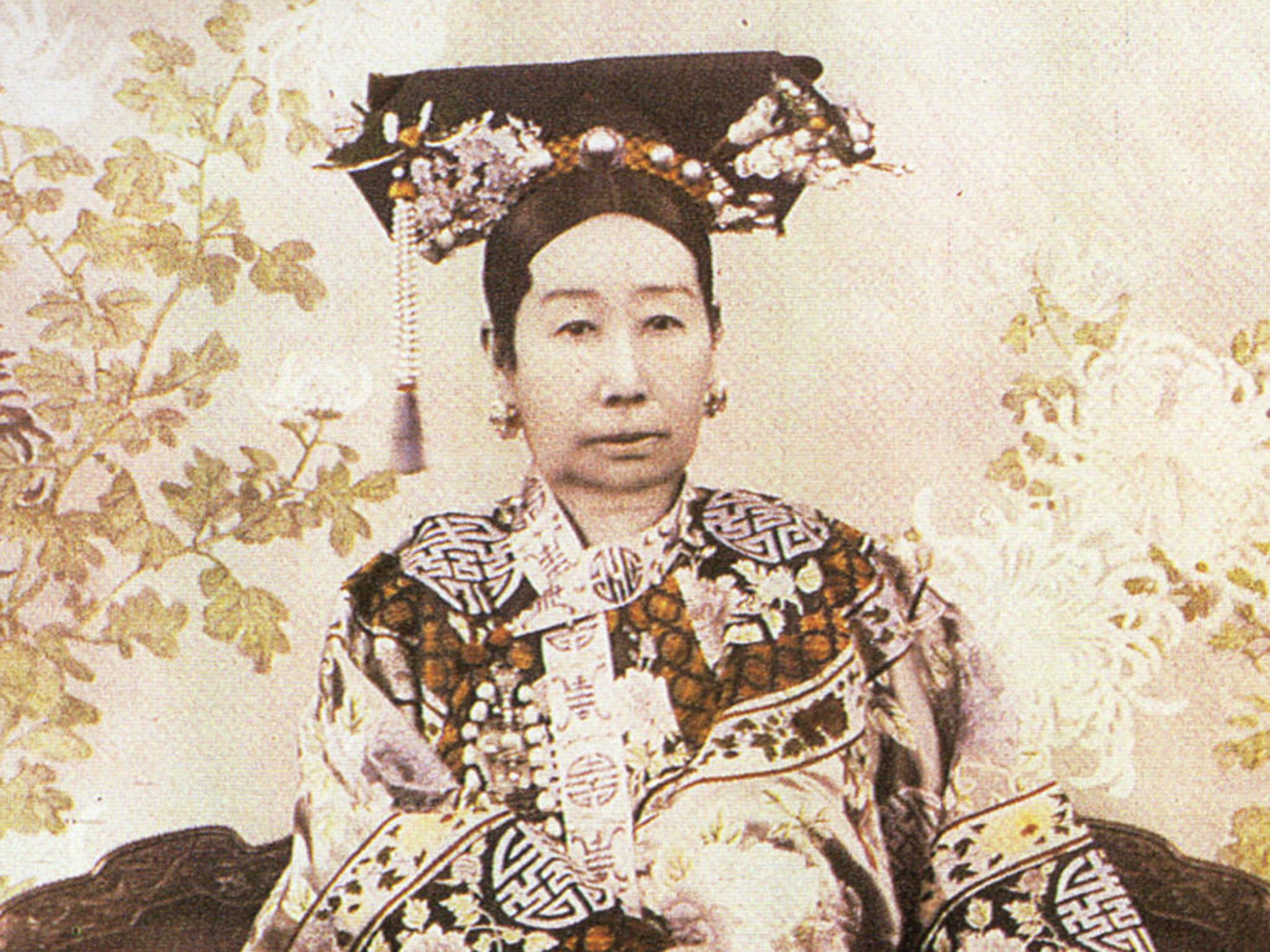
Empress Cixi. Photo from The Independent.
1882: The Chinese Exclusion Act
During the 1860s, the Chinese immigrated and arrived in the United States since they were employed in large labor projects such as the First Transcontinental Railroad. During their stay in America, they experienced discrimination and racism. Eventually, this led to the United States passing the Chinese Exclusion Act which limited the immigration of Chinese into the country.
It was only years later in 1943, that the Chinese Exclusion Act was repealed through the Magnuson Act when China became an ally of the United States. Recognizing the numerous accomplishments of Chinese Americans in California, the U.S. Senate apologized for the anti-Chinese legislation. Though, as recently as today, racist attacks continue against Asian Americans.
1937: Nanking Massacre
During the Sino-Japanese war, Nanking, China was seized by the Japanese Imperial Army. Carrying out the orders of Matsui Iwane, the commander-general of the Japanese Central China Front Army, many Japanese perpetrated the mass killings of Chinese soldiers and citizens, including infants; burned down the surrounding city of Nanking; and raped tens of thousands.
They made Nanking their Chinese puppet government. When World War II ended, Matsui was found guilty of murder and rape and was executed.
Unfortunately, even today, there are deniers of the event that it’s been dubbed the “forgotten Holocaust” with Japan offering an official apology only in 2013. The Nanking Massacre is one of the fundamental keystones in the construction of the modern Chinese national identity.
1949: Establishment of the People’s Republic of China
The Qing Dynasty fell due to instability throughout the 19th century, internal rebellion, and foreign imperialism. Soon thereafter, China established a republic, which ended 2,000 years of imperial rule.
In October 1949, Chinese Communist Party leader Mao Zedong successfully established the People’s Republic of China in Beijing, taking the first steps to political reform, defeating the Nationalist government and transforming the class relations in the country which shaped the China that we know today.
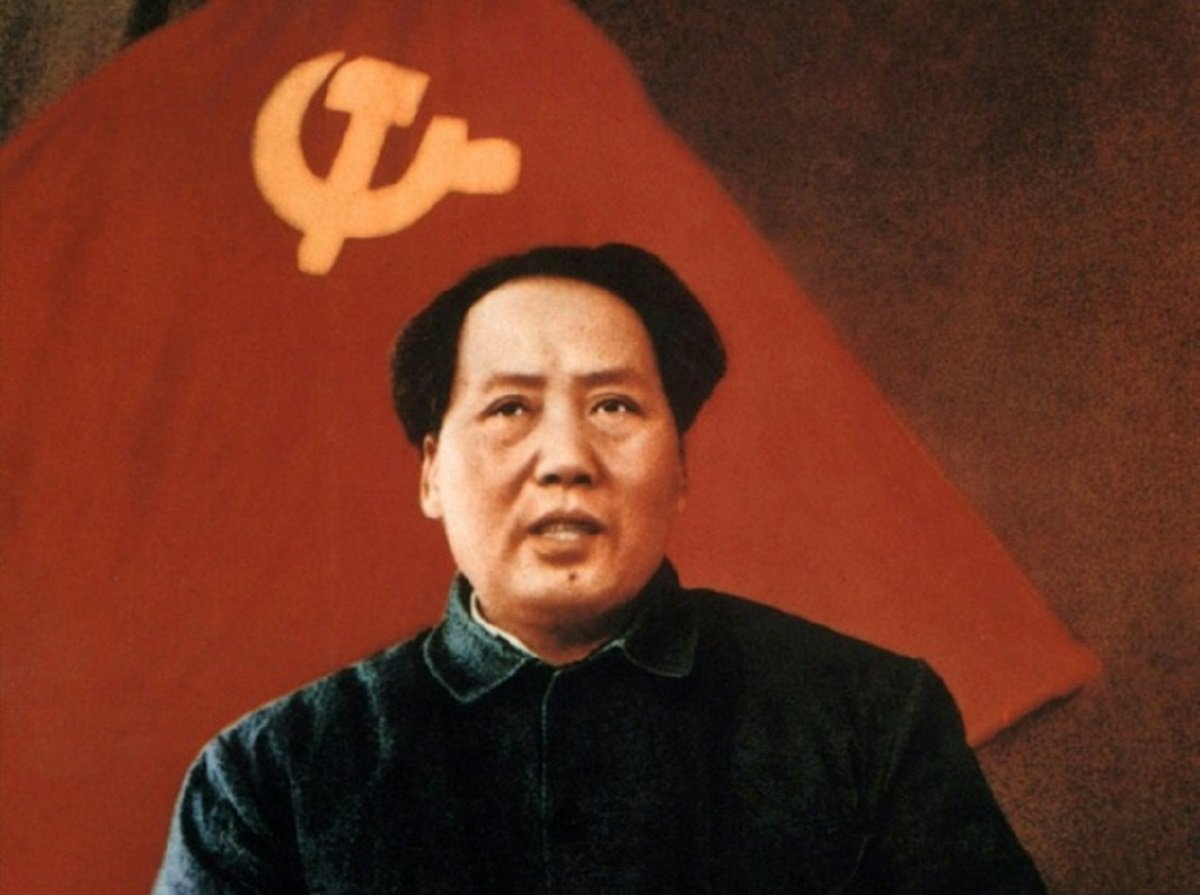
Mao Zedong, also known as Chairman Mao, was a Chinese communist revolutionary who was the founder of the People’s Republic of China (PRC). Photo from Tribune of the People.
1971: Ping-Pong Diplomacy
The relations between the United States and China started to strengthen in 1971. China’s table tennis or ping-pong team invited members of the U.S. team to the country which made them the first Americans to ever enter China since 1949. In July 1971, the U.S. Secretary of State Henry Kissinger secretly went to China , and not long after, the United Nations recognized the People’s Republic of China.
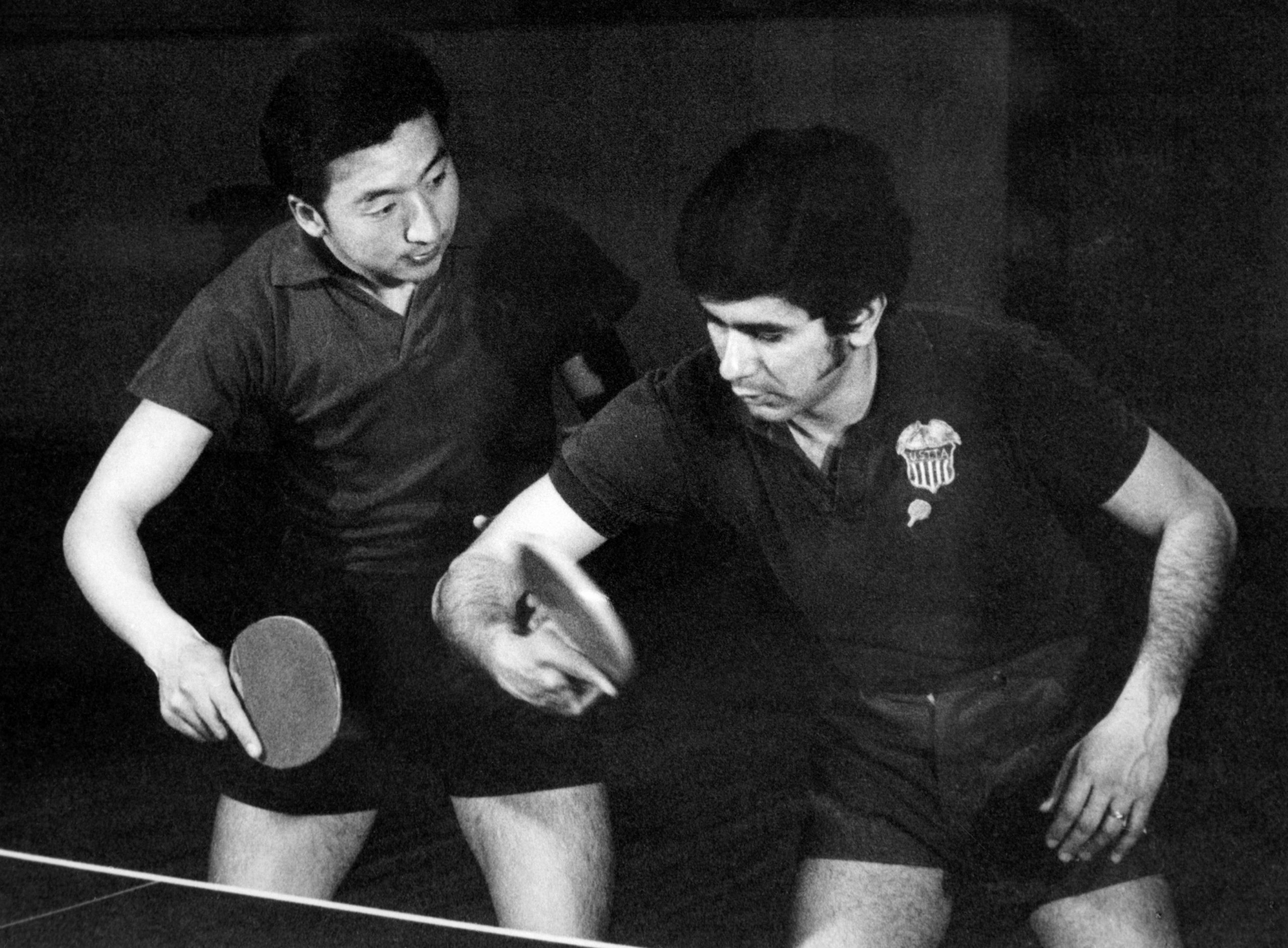
Chinese and American tennis table players play ping-pong in April 1971, Beijing. Photo from History.com
1989: Tiananmen Square Massacre
In the pursuit to end corruption and call for free speech, thousands of Chinese students held demonstrations in Beijing’s Tiananmen Square Massacre and demanded democratic reform. Armed with assault rifles and accompanied by tanks, the government’s military troops went in and fired at the demonstrators in the square, along with those who blocked the military’s advance.
Today, the June 4 and 5 Tiananmen Square protests and massacre continue to resonate worldwide with vigils being held every year and special media reports published on the anniversary of the event.
Want to know more about China’s history? Check out our articles on some of the Chinese dynasties.





